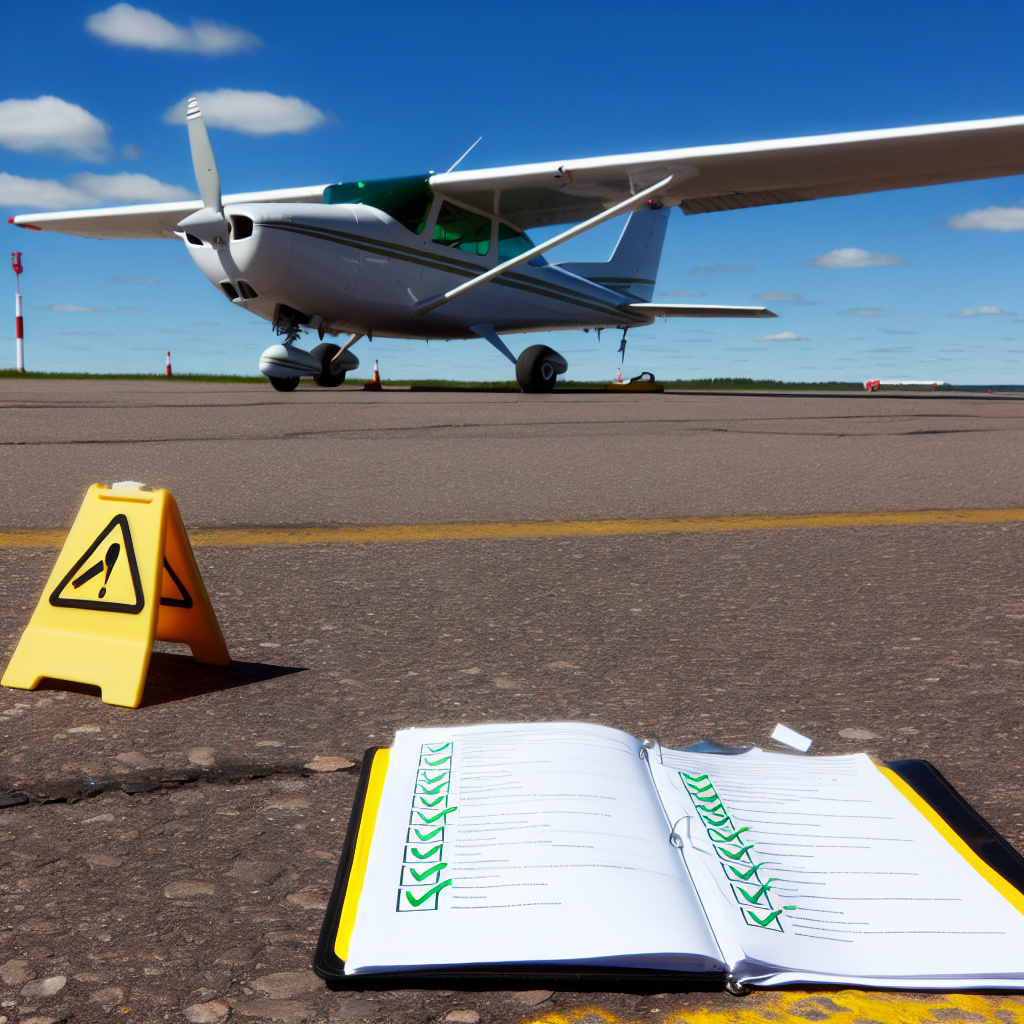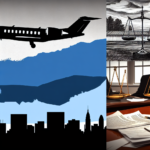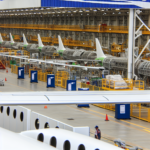When consulting with an experienced aviation mechanic, you might be surprised to learn that the first flight following significant maintenance is often considered the most dangerous for an aircraft. This realization became clear when I worked at a flight school where the Certified Flight Instructors (CFIs) were responsible for conducting “return to service test flights.”
This practice aligns with FAR 91.407, which states: “[if] the aircraft has been maintained, rebuilt, or altered in a manner that may have appreciably changed its flight characteristics or substantially affected its operation in flight, it cannot be released for rental until an appropriately rated pilot with at least a private pilot certificate flies the aircraft and makes an operational check of the maintenance performed or alteration made, and logs the flight in the aircraft records.”
The chief mechanic would provide a detailed checklist of items to check and verify before sending you on your way. These post-maintenance flights typically occurred during the morning hours before the school opened, with CFIs taking turns performing these important flights. For those rated on the aircraft, it offered a valuable opportunity to gain currency or proficiency.
Initially, I questioned whether the mechanics were exaggerating the risks associated with post-maintenance flights. However, a review of National Transportation Safety Board (NTSB) accident reports confirmed their warnings. Numerous incidents occurred during first post-maintenance flights that ended poorly, which explains why mechanics stress the need for caution.
Key lesson: If the mechanic advises you to ground the airplane or declares it a no-go, heed their advice.
This became evident one April day when I observed a Beech Bonanza, fresh out of maintenance, lose engine power shortly after takeoff, landing in a field at the end of Runway 34. I was on the ramp conducting a preflight inspection of a Cessna 172 when I suddenly heard the engine quit, followed by a loud shout from the airport restaurant deck. I glanced over and noticed several people standing and gazing towards the north.
The pilot, who was also the aircraft’s owner, managed to land in an undeveloped field across from the airport without injury. The damage was limited to a collapsed nosewheel, though the pilot could have easily landed on a busy four-lane road or in the nearby residential area.
This off-airport landing was due to an uncommanded loss of engine power during the initial post-maintenance flight.
According to a mechanic involved with the aircraft and the NTSB report, on the day of the accident, the plane had recently undergone maintenance. The pilot had performed a run-up and experienced an uncommanded loss of engine power. The report indicated that the airplane was towed back to maintenance, with a mechanic advising the pilot to wait for a thorough examination.
Due to a busy schedule at the shop, the mechanics were unable to promptly diagnose the Bonanza. The search for the cause of an uncommanded loss of engine power demands careful examination—something that shouldn’t be rushed.
The NTSB noted that the pilot, who had just under 300 total flight hours with approximately 120 in the accident aircraft, had downloaded data from the airplane’s engine data monitor for later analysis. After returning to the airport that same day, the pilot reported to the mechanic that he observed no abnormalities in the data and proceeded to take off for the flight that ultimately led to the accident.
A mechanic informed me that the flight was conducted contrary to the mechanics’ advice. At approximately 350 feet above the ground following takeoff, the engine lost power. There were no unusual noises or indications—just an unsettling silence that no pilot wants to encounter.
Upon inspection after the crash, it was discovered that the B-nut on the fuel pump inlet was loose. The NTSB cited the probable cause as a “total loss of engine power due to fuel starvation as a result of a mechanic’s failure to properly tighten the B-nut during a recent annual inspection.” Contributing to the accident was the pilot’s decision to proceed with the flight despite clear indications that the engine was not operating normally.
3 Important Considerations
Throughout the years, I have heeded the advice of mechanics and compiled a list of crucial items to be especially vigilant about during that first post-maintenance flight:
Control Rigging: The first flight following maintenance necessitates an exceptionally thorough and meticulous preflight inspection. Armed with a checklist, examine the aircraft obsessively, paying particularly close attention to “flight controls free and correct.”
Minimize distractions during this process. If interrupted, restart your inspection from the beginning. I am aware of two accidents caused by improper control rigging—one of which was fatal. Additionally, I recommend utilizing the “full military box” during engine run-ups to confirm comprehensive control movement.
Seat Security: Ensure that the front seats are securely in place, especially on 100 series Cessna aircraft. The pins from the seat’s base should fit snugly into the seat rail holes.
Moreover, the seat rail should have stops in place—essentially metal pieces securing the forward and aft parts of the rail to prevent the seat from sliding off. Over time, pin holes may elongate, rendering them ineffective, a concern highlighted by the “seat rail AD” which followed a tragic accident linked to a seat sliding back during takeoff.
Engine Inspection: Allocate extra time and use a flashlight to search for any foreign objects in the engine compartment. One of my former instructors, who trained aircraft carrier pilots in the U.S. Navy during Vietnam, recounted a harrowing tale of a squadron member forced to eject after losing engine power mid-flight due to a rag left in the engine.
Common protocol for test flights includes circling the airport a few times to ensure engine reliability. Don’t be surprised if the mechanic is waiting to greet you upon your return.
Most mechanics take immense pride in their work, understanding their responsibilities extend to completing documentation, making logbook entries, and ensuring test flights are successfully carried out.

Based on an article from flyingmag.com: https://www.flyingmag.com/first-postmaintenance-flight-should-be-treated-with-caution-and-respect/



